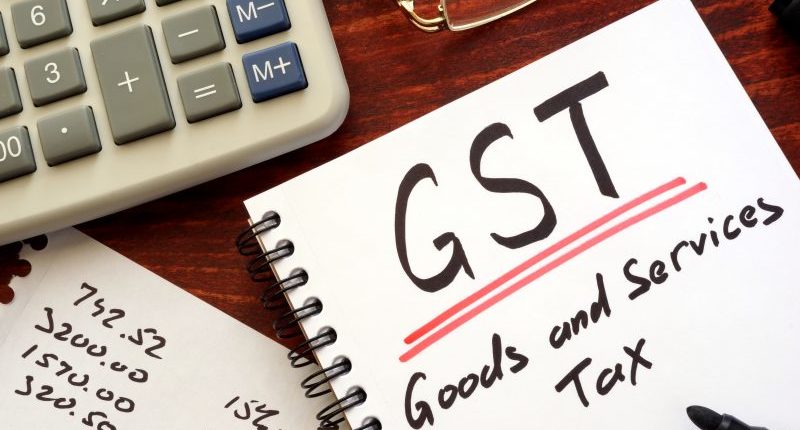GSTR-9 and GSTR-9C filing for FY 2020-21 is available on the GST portal from August 2021. The due date to submit these forms is 31st December 2021. However, regular taxpayers must complete vital tasks by October 2021 to ensure accurate and efficient compliance.
Form GSTR-9 (Annual GST Returns) applies to taxpayers with an annual turnover of more than Rs.2 crore for FY 2020-21. On the other hand, Form GSTR-9C (self-certified Reconciliation Statement) applies to taxpayers with an annual turnover of more than Rs.5 crore for FY 2020-21. The CBIC has notified changes and also released the utility for those ready to file these forms.
Annual GST reconciliation for FY 2020-21
Amidst the regular compliance, don’t assume you’re done with FY 2020-21 by filing Form GSTR-3B of March 2021. Businesses should not miss out on the annual GST reconciliation for the entire financial year of 2020-21.
The annual reconciliation under GST slightly differs from the regular monthly or quarterly reconciliation while filing forms GSTR-1 and GSTR-3B. Annual GST reconciliation involves data consolidation for the entire year. It includes sales invoices and Input Tax Credit (ITC) of that financial year which got reported or corrected between April to September of the year next to the relevant financial year.
GSTR-1 and GSTR-3B are compared with the sales register from April 2020 up to 30th September 2021. Also, Form GSTR-2A is preferred over Form GSTR-2B for reconciling the ITC with the purchases and expense register. The purpose of annual GST reconciliation also expands to cover advances adjusted later on and reverse any ineligible ITC claimed earlier.
Make corrections and report omitted invoices or CDNs of FY 2020-21
Suppose you erred in any invoice or Credit or Debit Note (CDN) issued in FY 2020-21. You get a chance to rectify the same on or before filing Form GSTR-1 of September 2021. Grounds of errors can be a wrong GSTIN of the buyer, incorrect invoice numbers or dates, false GST rate used, etc. You might have also missed declaring an invoicing document altogether in the returns filed last year.
All these actions can still be taken while filing Form GSTR-1 of September 2021, due on or before 11th October 2021. Report these corrections as amendments in Tables 9A or 9B or 9C, as applicable, of Form GSTR-1. Quarterly filers of Form GSTR-1 must note that the due date is 13th October 2021.
Do vendor follow up, report and claim missed out ITC for FY 2020-21
Here comes the critical task! Once the business carries out ITC reconciliation for FY 2020-21, they may identify the invoices or documents not appearing in their Form GSTR-2A or Form GSTR-2B to date. Businesses would have usually taken the cover of CGST Rule 36(4) to claim 5% of ITC in Form GSTR-2B. However, that could most likely be a small value and continues to impact working capital.
Such missing documents should be followed up with respective vendors or suppliers for timely reporting before their corresponding Form GSTR-1 filing. Else, the taxpayers are at risk of losing such ITC for FY 2020-21. They will not be able to claim it while filing Form GSTR-3B again fully.
After that, they should report such ITC in Form GSTR-3B of September 2021 due on or before 20th October 2021. The deadline for quarterly filing is 22nd or 24th October 2021, depending upon the state or Union Territory in which the business is registered.
Note that any tax payable may still be paid with interest while filing Form GSTR-9. In contrast, taxpayers will not be able to claim any missed ITC for FY 2020-21 along with Form GSTR-9 filing if they disregard this deadline.
Prepare Form GSTR-9 for FY 2020-21 as per the prescribed format
Form GSTR-9 or Annual GST Returns requires businesses to pull out yearly filed data from Form GSTR-1 and Form GSTR-3B. After that, they must fill specific tables of the form accurately with this consolidated summary data of returns filed and actuals as per books of accounts. While doing so, the taxpayers should cross-check summary figures with their books of accounts to ensure complete reporting. Here is where annual GST reconciliations results will help you.
Reporting specific tables of Form GSTR-9 continues to be optional for FY 2020-21 as well. As per the recently issued Central Tax notification no. 30 dated 30th July 2021, instructions to this form has been revised to address FY 2020-21 as well. Most importantly, note that any ITC of FY 2020-21 reversed during FY 2020-21 but reclaimed now between April 2021 and September 2021 will not form part of Form GSTR-9 of FY 2020-21.
Compare draft Form GSTR-9 with audited financial statements for Form GSTR-9C reporting
GST audit is no longer applicable from FY 2020-21 onwards. Instead, taxpayers have an additional responsibility of preparing accurate Form GSTR-9C where it applies to them.
In the last task, taxpayers should perform the final round of reconciliation or matching between reported figures in Form GSTR-9 and the audited financial statements at a GSTIN-level. Any differences that cannot be rectified has to be shown as unreconciled sales, ITC, and tax liabilities in Form GSTR-9C (self-certified Reconciliation Statement). If there is still tax payable, but the Form GSTR-3B of September 2021 is already filed, then use Form GST DRC-03 to pay additional tax dues.
For any clarifications/feedback on the topic, please contact the writer at annapoorna.m@cleartax.in
Annapoorna, popularly known as Anna, is an aspiring Chartered Accountant with a flair for GST. She spends most of her day Singing hymns to the tune of jee-es-tee! Well, not most of her day, just now and then.





